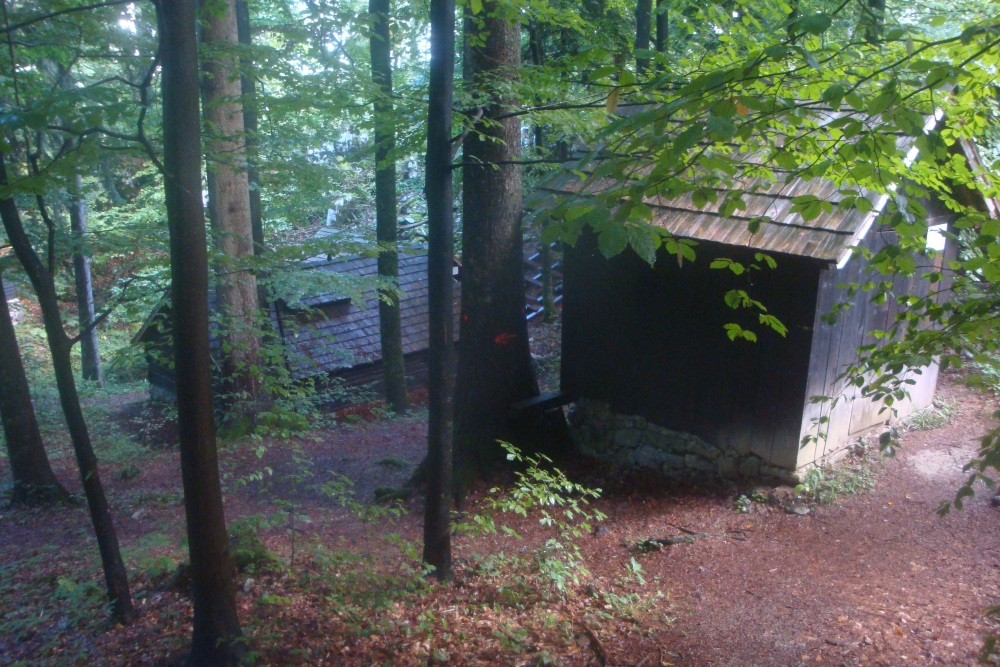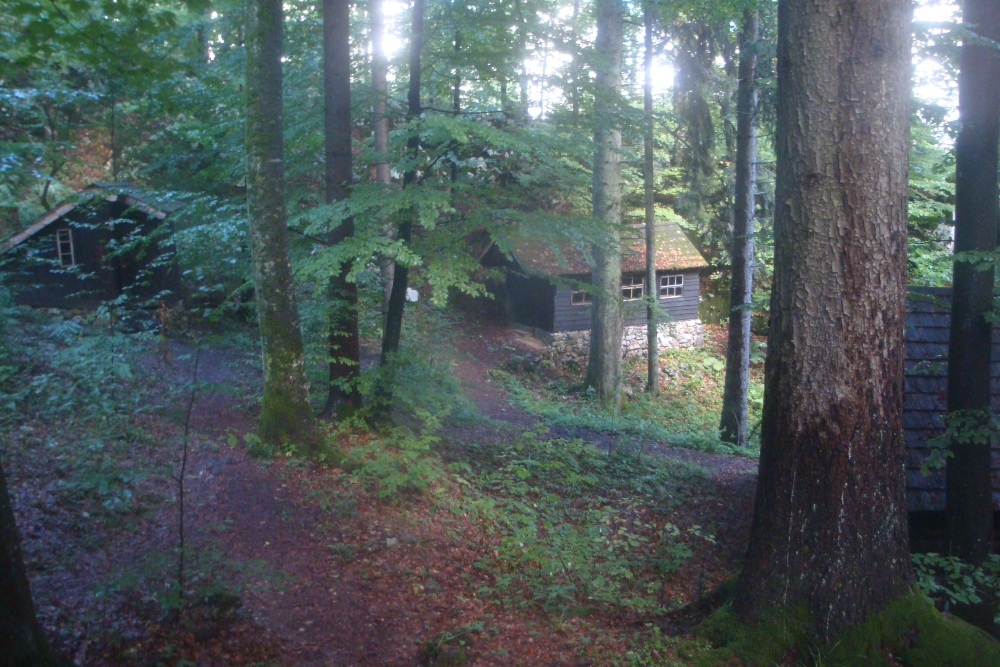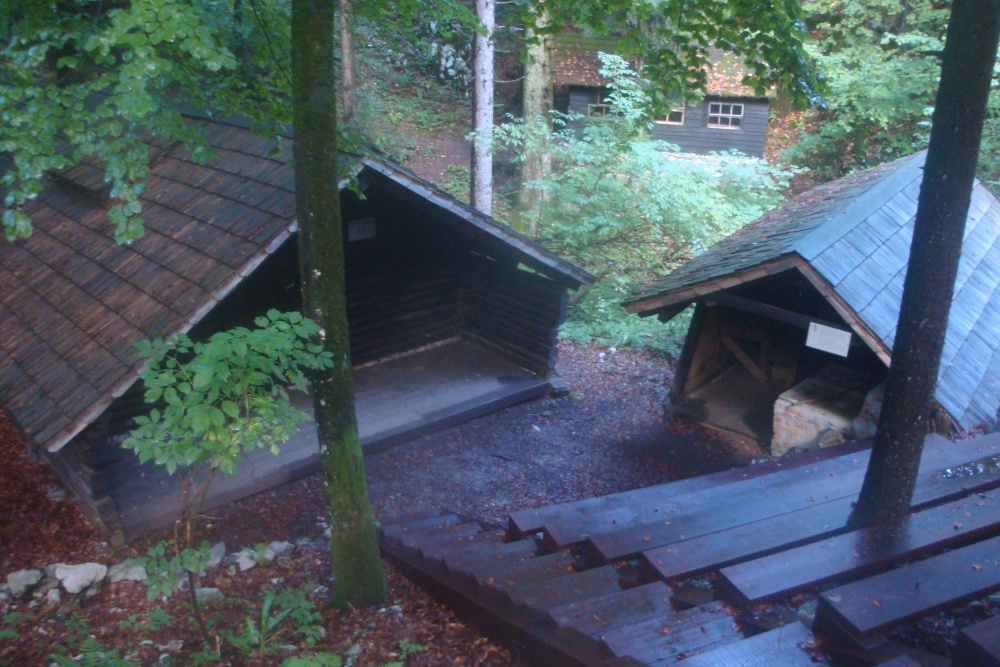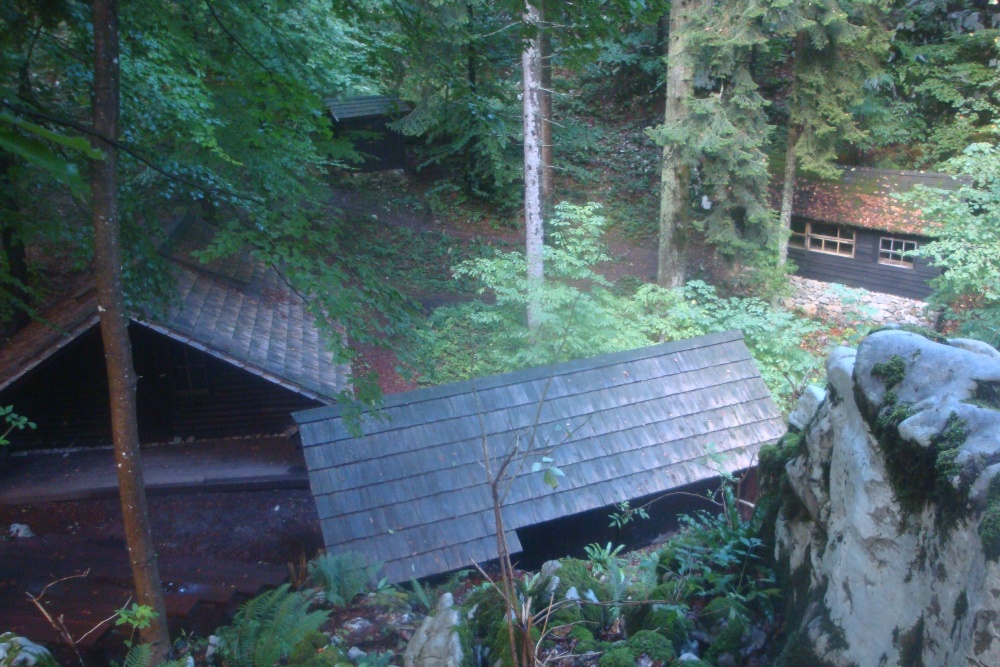Partisan Headquarters 'Baza 20'
Introduction:
The National Park Kocevski Rog consists mainly of virgin forests filled with ancient trees, karst stones and many wild animals including bears. But during WW2 there was a partisan headquarters called Baza 20.
The construction of the partisan base started in April 1943 and at one point consisted of 26 buildings including hospitals, bunkers, workrooms and a small printing house. First the Italians, later the Nazis tried several times to discover the partisans and their hiding places, but these proved in vain. The kingpins stayed here until well into December 1944.
Piece of History:
When the Axis countries invaded Yugoslavia in April 1941, the region Kocevski Rog was mainly inhabited by German settlers. When it became clear that this part of Slovenia would come under Italian command, many left the area. The Italians set it on fire and the area was uninhabitable – an ideal place for resistance fighters. In the months that followed, the area would become a center of resistance and the Communist Revolution. The Italians tried to chase away the partisans, but they soon returned and a start was made on building a real base, which would result in Base 20 (Baza 20).
Base 20 would be expanded several times. At one point it contained hospitals, a printing house, many workrooms and, of course, sleeping quarters for members of the Communist organization and the army. More and more leaders found shelter here so that it would become one of the most important headquarters of the Yugoslav partisans during the Second World War.
After the Germans would take over the occupation from the Italians, the partisans and their base were again unsuccessfully hunted several times. So it was never found. On December 19, 1944, Base 20 was abandoned and the partisans moved to the town of Crnomeli.
Today:
Unfortunately, there is no public transport to the then partisan camp. The complex is about 500 meters from the parking lot.
A number of barracks are open, with a small exhibition in barracks no. 16 and 22 and newspaper clippings with brochures, posters, photos and other (information) material. In other barracks you can see the wooden bunk beds, the cupboards, the shelves while others are not really worth the effort. On the buildings there are small signs with the number and what the function was. The complex is open and free to visit.
For current visiting hours, please visit the website of the museum.
Do you have more information about this location? Inform us!
Source
- Text: Cheapskatetravel.nl
- Photos: Cheapskatetravel.nl








